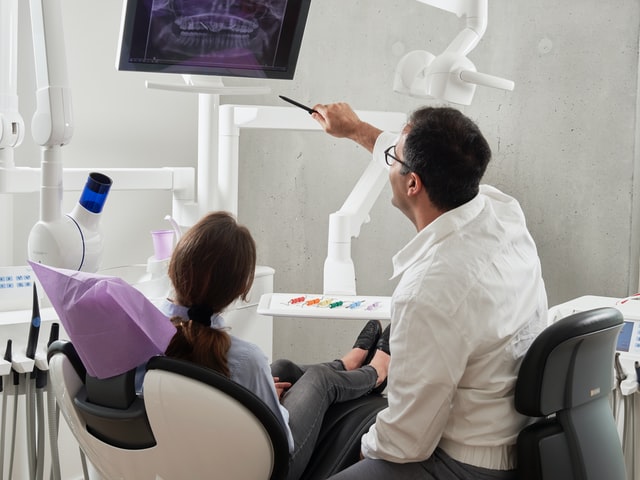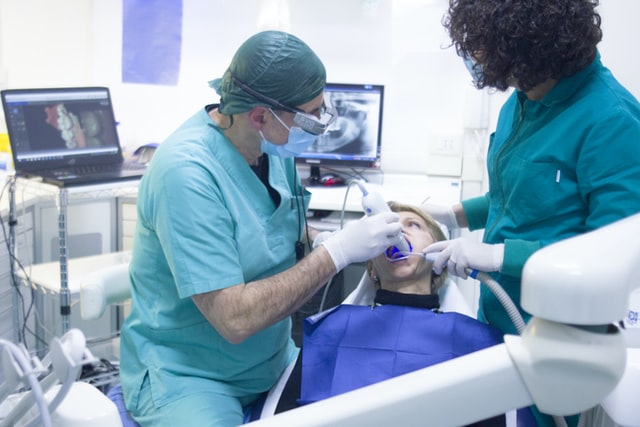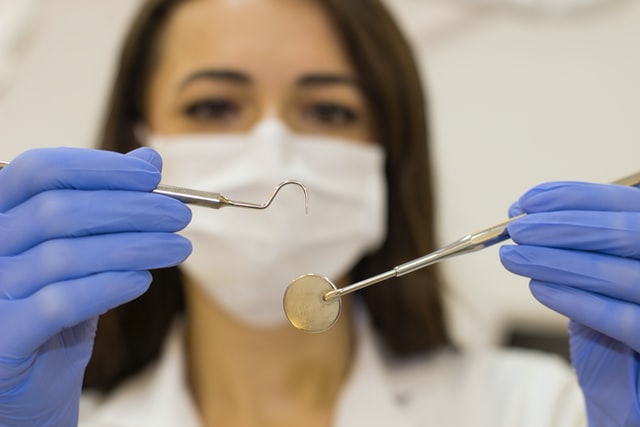Do you suffer from tooth loss? Whatever caused you to lose some of your pearly whites, we understand how you may be feeling. Losing teeth in any way is not a nice feeling. You might never smile the same again. There’s this constant anxiety of being seen with some missing teeth in your smile that may also keep you away from meeting new people.
Many people suffer from a considerable lack of confidence after losing their teeth. And that is just one aspect of it. The degrading ability to properly chew your food due to missing teeth also has other health hazards. Indigestion is one and ailments arising from improper bowel health can lead to other serious issues.
But thankfully, cosmetic dentistry and traditional dentistry have combined to provide reliable teeth restoration options when required. Whether it is old age or an accident that made you part with some of your lovely teeth, your smile can get restored using some advanced dental restoration methods. Let us have a look at some of the common types of dental restorations and why you need them.
1. Fillings
Restorative fillings are one of the oldest ways to make up for missing tooth parts. These fillings have been used for years to fill minor gaps, cracks, or cleaned cavities in teeth. The filling can be of various materials ranging from friendly metals to dental cement. They are glued on damaged teeth using dental glue to strengthen them. Some of the recent restorative filling materials are made to resemble natural teeth for better aesthetics.
Why?
Fillings are used when the gaps or cracks are not as big as to damage the entire structure of a tooth. These are strengthening materials that support a tooth that can stand on its own.
2. Crowns

Dental crowns are the metal or ceramic caps placed on a damaged tooth to provide the required strength for chewing food. The crown protects a tooth from all sides and is levelled as the adjacent natural teeth. It used to take around 3-4 weeks for dentists to provide a reliable dental crown to patients. But with the introduction of CEREC, this turnaround time has been reduced dramatically.
Why?
Dental crowns are used when a tooth structure is damaged but not as much as it may require complete removal and not as little as it can do with the restorative filling.
3. Bridges
Dental bridges are, as their name suggests, used to bridge the gap between natural teeth created by missing teeth. They are usually made up of materials that imitate natural teeth. Nobody else can tell from a distance if a person is wearing these.
Why?
Bridges are usually made to replace one or two teeth whose adjacent natural teeth are relatively stronger.
4. Veneers
Dental veneers are one of the most popular cosmetic dentistry treatments. They are thin layers, almost translucent, of materials such as porcelain that resemble natural teeth. They are bonded to the outer layer of teeth using dental bonding materials. They look like your natural teeth and help improve a smile. Of course, they need to be replaced after some time.
Why?
They are used when the natural outside layer of a person’s teeth, enamel, is discoloured due to certain foods or aging or slightly damaged over time. Veneers can feel like having a longer-lasting teeth whitening treatment.
5. Implants

Dental implants are considered a permanent teeth restoration option. They are tiny studs of friendly metals such as titanium mixed with others. These studs are inserted into a person’s jaw or gums to work as anchors or tooth roots. Crowns are then fixed on these anchors to represent a full natural tooth. There can be as many implants used as needed. Usually, the number varies from one, two, All-on-4, All-on-6, All-on-8, etc.
Why?
Dental implants are used to restore fallen teeth. They require a major dental surgical procedure and cannot be removed or replaced by the patient at home. Dental implants merge with the jawbone over time in a procedure known as osseointegration. It also helps strengthen and define jawline in aging people.
6. Root canals
Besides dental restorative fillings, root canal treatments are also one of the oldest and simplest forms of restoring damaged or decayed teeth. This procedure is performed by drilling out the damaged part of a tooth. Cleaning the cavity comes next and is then filled with a temporary filling material. Once the tooth is clean enough from the inside and there is no further pain or infection.
Why?
Root canal treatment is performed when a tooth has been damaged due to decay reaching the nerve of the tooth. But the tooth has enough material to stand on its own.
7. Dentures
Dentures are a temporary teeth restoration option used by elders almost since the times began. They are easily replaceable and require quite an effort to clean them after meals. Their tendency to slip off and cause embarrassing situations often make them less reliable than dental implants.
Why?
Dentures can be used when the patient has lost almost all natural teeth on a jaw and the gums or jawbone does not have enough strength to support dental implants.
The takeaway:
Selecting the right dental restoration for yourself on your own may not be an easy or advisable task. It is always good to consult an experienced dentist or cosmetic dentist before getting treated. You can also ask more than one dentist for advice for the same problem. This may help you get a better idea of the situation at hand, and you might have more than one way to solve a problem.
Numerous cosmetic dentists are providing dental restoration treatment in Claremont. If you live there or are visiting the area, do not hesitate to get your missing teeth restored.

